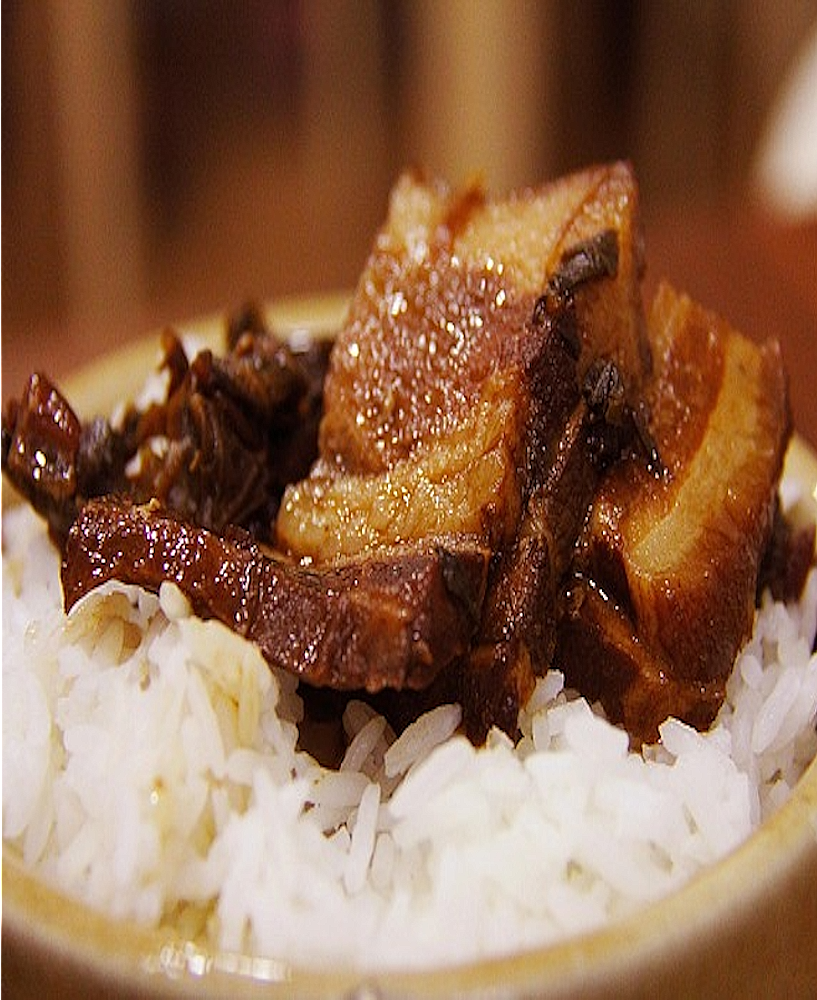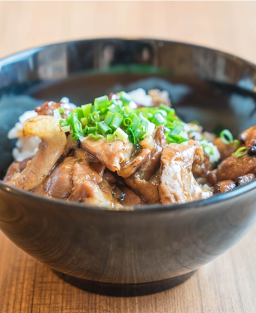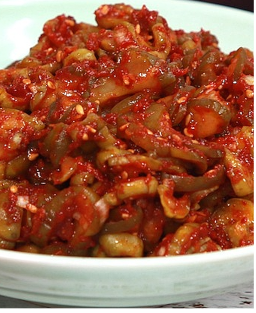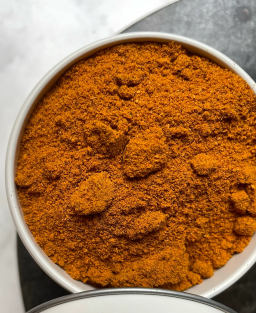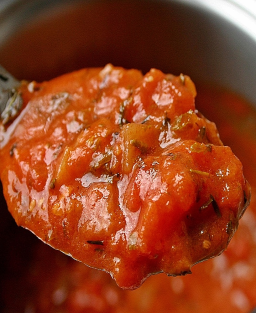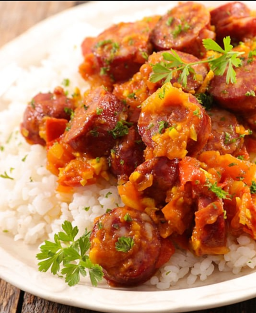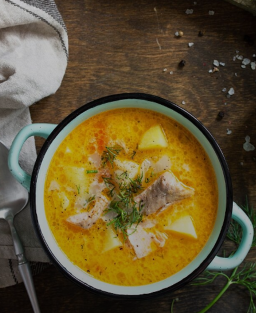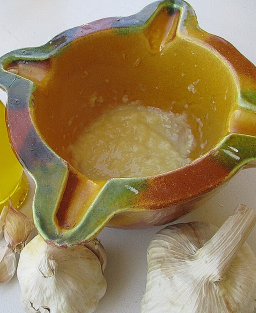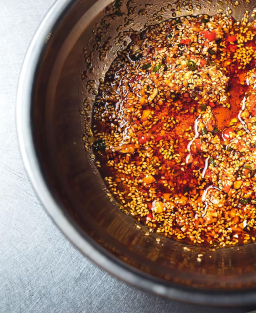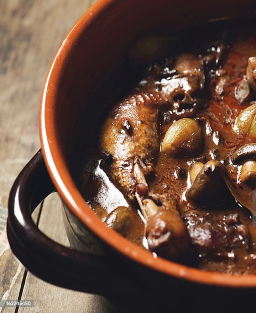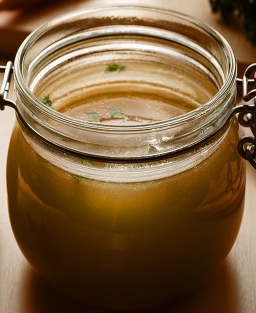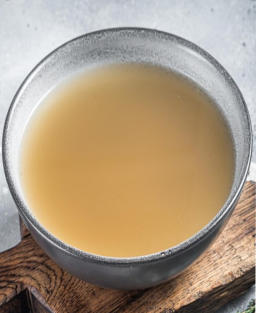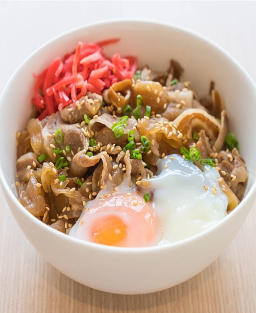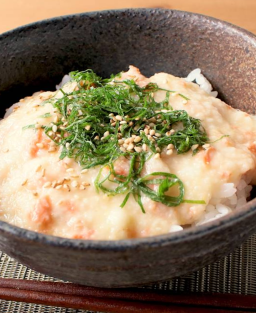Traditional Vietnamese Caramelized Pork (Thịt kho) Recipe – Non-Westernized
Traditional Vietnamese Caramelized Pork (Thịt kho) Recipe – Non-Westernized
Vietnamese name: Thịt kho tàu (or sometimes thịt kho nước dừa in southern Vietnam)
Origin and Deep Meaning of Caramelized Pork (Thịt kho tàu)
A Dish of Family and Spiritual Tradition
This dish originates from southern Vietnam, specifically in the rural Mekong Delta region.
It’s not just a sweet-savory dish: it is a ritual meal, often prepared for Tết (the Lunar New Year), symbolizing prosperity, sweetness, and family unity.
It is traditionally offered on the ancestral altar as a sign of respect and gratitude.
The caramel represents life’s sweetness, the rich pork symbolizes abundance, and the hard-boiled egg (often cooked in the same broth) represents fertility and renewal.
The dish is deeply rooted in Vietnamese culinary culture, particularly in the southern region.
The word kho means "to braise" or "to cook slowly over low heat".
It typically consists of braised pork in caramel sauce with hard-boiled eggs (Thịt kho trứng), simmered with nuoc mam (fish sauce), sugar, and black pepper.
Differences from Chinese Versions
Similar dishes exist in China, such as hong shao rou (red-braised pork), but with different flavors — typically less sweet, more spiced or anise-flavored.
Vietnamese caramel is handmade by slightly burning sugar, not by using pre-made sauces.
Ingredients (Southern Ritual Version)
| Ingredient | Detail |
|---|---|
| Pork belly | 1 to 1.5 kg, with fat and skin (not always deboned) |
| Hard-boiled eggs | 4 to 6, depending on the number of diners |
| Raw cane sugar | 100 g, for homemade caramel |
| Fresh coconut water | 500 ml (or more), widely used in southern Vietnam |
| Pure fish sauce | 3 to 4 tbsp (first press if possible) |
| Garlic | 2 cloves |
| Shallots | 1 or 2 (optional, varies by region) |
| Black pepper | Generously ground |
| Salt | A pinch |
| Vegetable oil | Neutral, used for the initial browning of the pork |
Recipe Steps
1. Make the homemade caramel (bước thắng nước màu)
In a dry pan, heat the sugar (with or without a few drops of water).
Let it brown until dark amber without burning it.
Add a bit of hot water to dilute it and prevent hardening.
2. Sear the pork
Sear the pork pieces in a bit of oil.
Add the garlic and shallots, then pour in the hot caramel.
Stir well to coat the meat evenly with the caramel.
3. Simmer in coconut water
Add the coconut water, fish sauce (nuoc mam), salt, and plenty of black pepper.
Bring to a gentle boil.
Cover and simmer gently for 1.5 to 2 hours.
4. Add the hard-boiled eggs
Peel the eggs and add them to the sauce.
Let them simmer for at least 30 more minutes until they turn amber-colored and absorb the flavor.
Tradition and Symbolism
It’s common to prepare this dish in advance and reheat it over several days.
There is a popular saying:
“Thịt kho ngon hơn le lendemain” — the dish tastes better the next day, as the flavors intensify.
The caramel must not be made with ready-made sugar or honey: it should be slightly burned by hand to develop its characteristic bitter edge.
What the Traditional Recipe Does Not Include
Unlike modern versions, the traditional dish does not include:
-
Ginger
-
Chinese five-spice
-
Soy sauce
-
Sesame or aromatic oils
-
Pre-caramelized sugar
-
Vegetables cooked with the meat
Traditional Accompaniment
This dish is traditionally served with plain white rice, in generous amounts.
It may also be accompanied by:
-
Vietnamese pickled vegetables (dưa món)
-
Fresh herbs (mint, coriander)
-
A small bowl of pure fish sauce with chili











